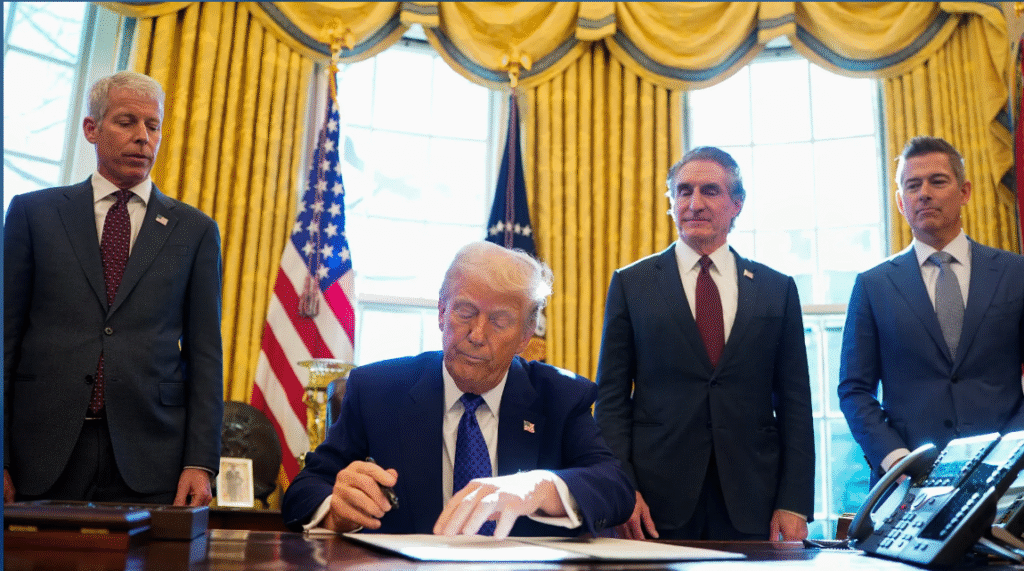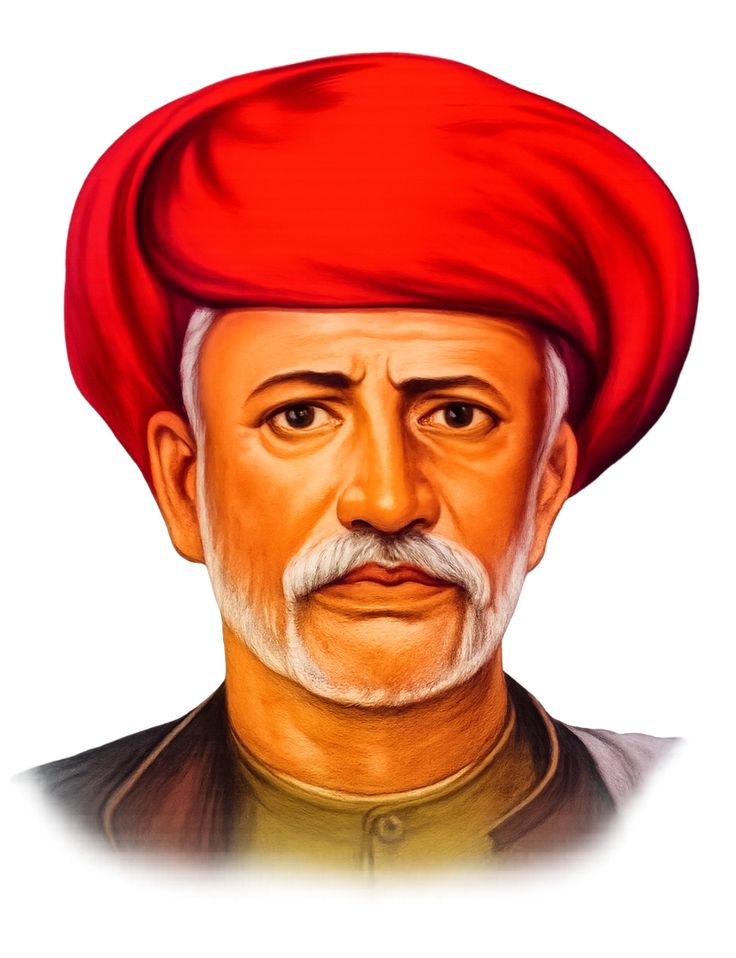Understanding the Implications of Trump’s “Lost India” Statement and Its Impact on India-US Relations and Trade
In a recent social media post on September 5, 2025, U.S. President Donald Trump declared that the United States has “lost” India and Russia to “deepest, darkest China,” following a summit where Indian Prime Minister Narendra Modi met with Chinese President Xi Jinping and Russian President Vladimir Putin. This statement, coupled with escalating trade tensions, has sparked significant concern about the future of India-US relations and its economic ramifications. This article explores what Trump’s remarks mean for India, their potential geopolitical and economic impacts, and the specific effects on bilateral trade.

Contextualizing Trump’s Statement
Trump’s comment came in the wake of the Shanghai Cooperation Organisation (SCO) summit in Tianjin, China, where Modi, Xi, and Putin discussed deepening cooperation in areas like energy, security, and trade. The U.S. has expressed frustration over India’s continued purchase of Russian oil, which Trump claims fuels Moscow’s war efforts in Ukraine. Additionally, Trump has long criticized the US-India trade relationship as “one-sided,” pointing to India’s high tariffs and its substantial trade surplus with the U.S. His administration has imposed steep tariffs—up to 50%—on Indian goods, citing both trade imbalances and India’s energy and defense ties with Russia.

The phrase “lost India” reflects Trump’s perception that India is drifting away from alignment with the U.S. and toward closer ties with China and Russia, particularly within frameworks like the SCO and BRICS (Brazil, Russia, India, China, South Africa). This shift, in Trump’s view, undermines U.S. strategic interests, especially its goal of countering China’s influence in Asia. However, the statement also points to a broader deterioration in India-US relations, driven by Trump’s aggressive trade policies and rhetoric, which some analysts argue have pushed India toward a more multipolar foreign policy.
Geopolitical Implications for India
Trump’s remarks and the accompanying
System: associated tariffs signal a significant strain in India-US relations, which have been carefully built over decades to counterbalance China’s regional dominance. India has historically balanced its relationships with the U.S., Russia, and China to maintain strategic autonomy. However, Trump’s punitive tariffs and public criticism may force India to reassess its alignment. The SCO summit and India’s refusal to halt Russian oil purchases underscore New Delhi’s commitment to an independent foreign policy, prioritizing its energy security and economic interests.
This shift could have several geopolitical consequences:
- Closer Ties with China and Russia: India may deepen its engagement with BRICS nations and the SCO, potentially at the expense of its strategic partnership with the U.S. This could weaken the Quad (India, U.S., Japan, Australia), a key alliance aimed at countering China.
- Strategic Autonomy Under Pressure: India’s policy of strategic autonomy—avoiding over-reliance on any single power—may face challenges as the U.S. exerts economic pressure. New Delhi might seek alternative partnerships, but it will likely avoid full alignment with China due to long-standing border disputes and economic competition.
- Regional Influence: A strained U.S. relationship could limit India’s access to American technology, defense equipment, and diplomatic support, potentially reducing its influence in the Indo-Pacific region.
Economic and Trade Impacts
The economic fallout from Trump’s policies and statements is already evident, with significant implications for India’s trade and economy:
- Impact of 50% Tariffs: The U.S. imposed a 25% tariff on Indian goods on August 7, 2025, followed by an additional 25% tariff on August 27, targeting sectors like textiles, gems, jewelry, shrimp, leather, footwear, chemicals, and machinery. These tariffs affect approximately 55% of India’s $87 billion merchandise exports to the U.S., potentially leading to losses of up to $37 billion in 2025, according to some estimates. Small exporters and jobs, particularly in Modi’s home state of Gujarat, are at risk, and India’s GDP growth could decline by 0.4% to 0.8% if the tariffs persist.
- Market Diversification Efforts: In response, India is targeting 40 key markets, including the UK, Japan, and South Korea, to boost textile exports and offset losses. The government is leveraging free trade agreements and international trade fairs to position India as a reliable supplier of sustainable and innovative products. However, regaining market share lost to competitors like Vietnam and Bangladesh will be challenging.
- Services Sector Resilience: While goods exports face significant disruption, the $84 billion India-US services trade, which is nearly balanced, remains a stabilizing factor. American companies like Goldman Sachs, Meta, and Microsoft rely heavily on Indian IT and corporate services, particularly in cities like Bengaluru and Hyderabad. However, potential U.S. taxes on Indian IT services and H-1B visa restrictions could threaten this sector, which is critical to India’s economy.
- Rupee Depreciation and Economic Strategy: The Indian rupee has weakened, closing at a three-week low on August 27, 2025, due to tariff-related uncertainty. Economists suggest that allowing further depreciation could help exporters regain competitiveness. India is also implementing domestic reforms, such as reducing Goods and Services Tax (GST) rates to 5% and 18%, to boost consumption and cushion the economic blow.
India’s Response and Future Outlook
India has adopted a measured yet firm stance. The Ministry of External Affairs has called the U.S. tariffs “unjustified,” noting that other countries like China and the EU face no similar penalties for Russian energy purchases. Prime Minister Modi has emphasized protecting India’s farmers, dairy sector, and fishermen, signaling that national interests will not be compromised. Commerce Minister Piyush Goyal remains optimistic about ongoing trade negotiations, with a U.S. delegation expected in Delhi later in September 2025 to salvage a potential agreement.
Chief Economic Advisor V. Anantha Nageswaran has expressed hope that the tariffs will be short-lived, citing their long-term unsustainability for India-US relations. However, Trump’s insistence on resolving the tariff issue before further talks, combined with his administration’s inflammatory rhetoric, complicates the path to a resolution. For instance, U.S. Commerce Secretary Howard Lutnick’s suggestion that India must choose between supporting the U.S. or facing continued tariffs has been met with diplomatic silence from New Delhi, reflecting India’s cautious approach.
Conclusion
Trump’s “lost India” statement underscores a critical juncture in India-US relations, driven by trade disputes and differing views on India’s Russian oil purchases. The 50% tariffs threaten India’s export-driven sectors, potentially slowing economic growth and prompting a strategic pivot toward alternative markets and partners. While the services trade and deep commercial ties provide some resilience, the trajectory of India-US relations depends on the outcome of ongoing negotiations. India’s commitment to strategic autonomy suggests it will resist U.S. pressure, potentially reshaping its role in global geopolitics and trade. As both nations navigate this crisis, the world watches whether decades of diplomatic progress can be salvaged or if India will further embrace multipolar alliances.
Sources:
- The Hindu, September 5, 2025
- Reuters, August 6, 2025
- Reuters, August 28, 2025
- India Today, September 3, 2025
- The New York Times, September 1, 2025
- NDTV, September 5, 2025
- The Times of India, August 29, 2025




